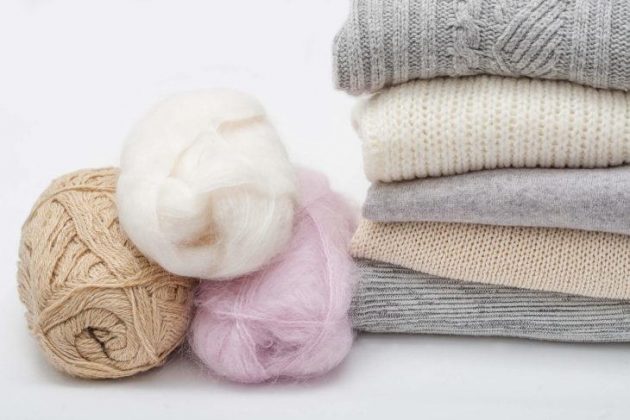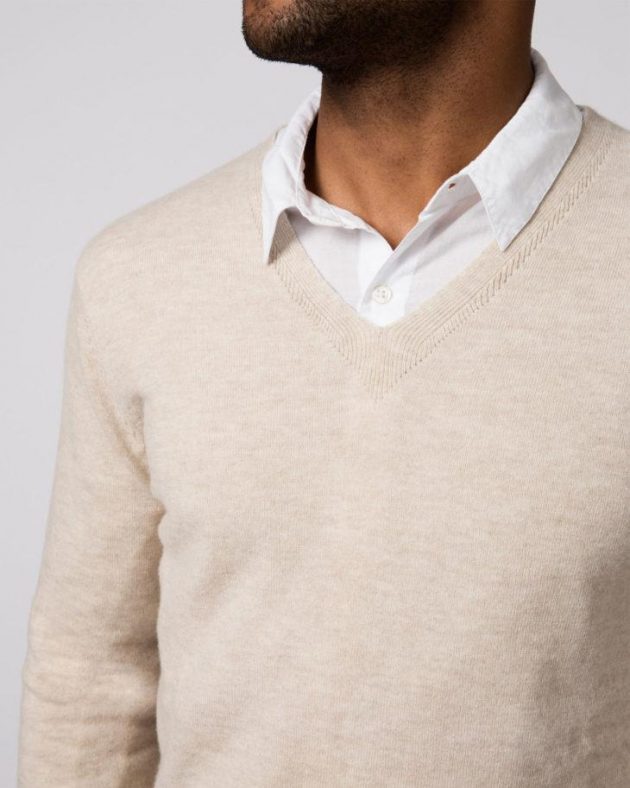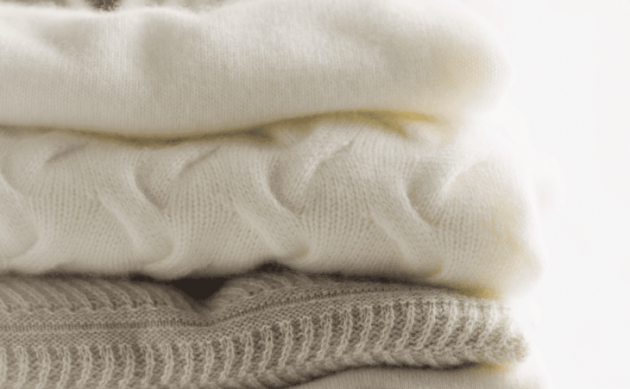
In the fashion world, cashmere has become known for luxury that is highly prized thanks to its softness as well as delicate quality. These properties and others make cashmere one of the most expensive natural fibres. Many ask what it is and where exactly does it come from.
Golden Fleece
Cashmere wool is also denoted as “king’s fibre” or “golden fleece”. This wool comes from a precise kind of goat (“Hircus Blythi”goat) and these goats are mostly found in the Asian Highlands, specifically:
- China
- Tibet
- Mongolia
- Afghanistan
Temperature zones
In those areas of the world, high-temperature zones exist in between day and night inspires the growth of the underfur which is also known as “duvet”. The layer that is outer is coarse hair and known as the guard hair. This is a gift from Mother Nature given to these animals as definitively thermo-regulating qualities protecting these goats from a wide range of fluctuating temperatures. That is the source of this fibre which is recognised by almost everyone worldwide as cashmere.
Italy
When spring arrives with rising temperature, it stimulates the moulting season that usually occurs between March and May. These goats naturally shed this thick undercoat and then the natural cashmere can be collected. The best cashmere comes from the places where the temperature changes the most between day and night. Therefore, the only source of raw cashmere is outside Europe. When it is harvested, it is taken to Italy where it is transformed to the best 100% pure cashmere yarn.

Cashmere wool
The process of transforming this fibre into the cloth fabrics are usually quite delicate and are mostly hand-made. The process includes:
- Harvesting
- Selection
- Washing
- Spinning
- Knitting
Harvesting of duvet normally starts between May and the beginning of summer. This is the period when moulting normally begins taking place on the animals’ under fur. This practice is traditional and have been used for thousands of years requiring hands that are skilful that harvest the down from the under fleece of the goat without any damage to the fur or any damage to the goats. This harvesting is done only twice with 3- or 4-weeks intervals. This yields from 200 to 500 grams of duvet that declines by almost half after being made into yarn. Collection of the finest parts of the fibres comes after transformation. This is all done by hand so to detach the largest fibres from any impurities.
Next in the process
After the duvets are harvested the entire amount gathered it sent to Italy. It is in Italy that the fabrics undergo thorough wash as well as spin cycles until homogenised fibres obtained. At the end of this production chain from a single Chinese goat, 200 grams of duvet on averages is obtain – hardly enough to make one single cashmere garment. This, together with being harvested in China, the ‘long distance’, explains better the high price of this very fine material. So, to buy cashmere wraps in the UK from Italy in cashmere you have to pay for the unique way this cashmere is developed.
Future processing
Pure cashmere is then ready today and be spun into yarn using for knitting into a wide assortment of garments, such as:
- Shawls
- Jumpers
- Scarves
- Hats
- Gloves
- Sock
- Ponchos
It also can be woven into fabrics to develop tailoring and outerwear, as well as for home furnishings.
Difference good and bad cashmere
It shouldn’t come as a surprise that not all ‘cashmere’ is really cashmere. No matter what it might say on the sign or the website, some brands marked as cashmere are actually a blend of mainly wool, with some cashmere added. Regulations in this industry make labelling clear and easy, which is how to recognize quality cashmere. So be certain to look, since this can make a big difference to the product quality that you are buying. Blends, and even poor quality of 100% cashmere, still require just as much care as real cashmere sweaters and yet are subject to pilling, coming apart, or feeling ‘squeaky’ and rough.
Save money
Sure, you are able to save money by buying an option that ischeape, but you will get much less for your money. A cashmere high-quality sweater is an investment and last a long time in beautiful condition when cared for properly, so it is worth paying extra money up front to ensure a great look that will last.

Length of Fibres
This is a key factor in high quality cashmere. It is comparable to the ‘thread-count’ when purchasingbed sheets. The fibres that are longer, the more sturdy the item will be, the less predisposed it will be to pilling and the better it will appear, especially after a few washes.
Thickness of fibres
Along with length of fibres there is the thickness. You might think the thicker is better, but with cashmere the thinner the fibre, the softer that sweater will be.

Number of plies
Garments having two strands of yard twisted together give a more durable knit and are called 2-ply. Single ply is much cheat butoften develop tears or holes more easily. Two-ply methods also allow knitted to be tighter which make any cashmere garment both warmer and softer.
Origin of the Fibres
Cashmere is from cashmere goats, and the areas that they live deviates the nature of the fibres that are harvested from them. These goats are from areas with a big difference in yearly temperature making the wool finer, and more premium fibres.
Characteristics
Cashmere is the best of all-natural fibres due to its exceptionally smooth, highly durable and so comfortable to wear. It is appropriate for almost all climates due to its insulation properties change that is related to the humidity in the air.
Natural colour
Before dying, cashmere wool has an original colour that is various versions of grey, white and brown colour. Currently, the yarn made for garments and the dying all are done in Italy.